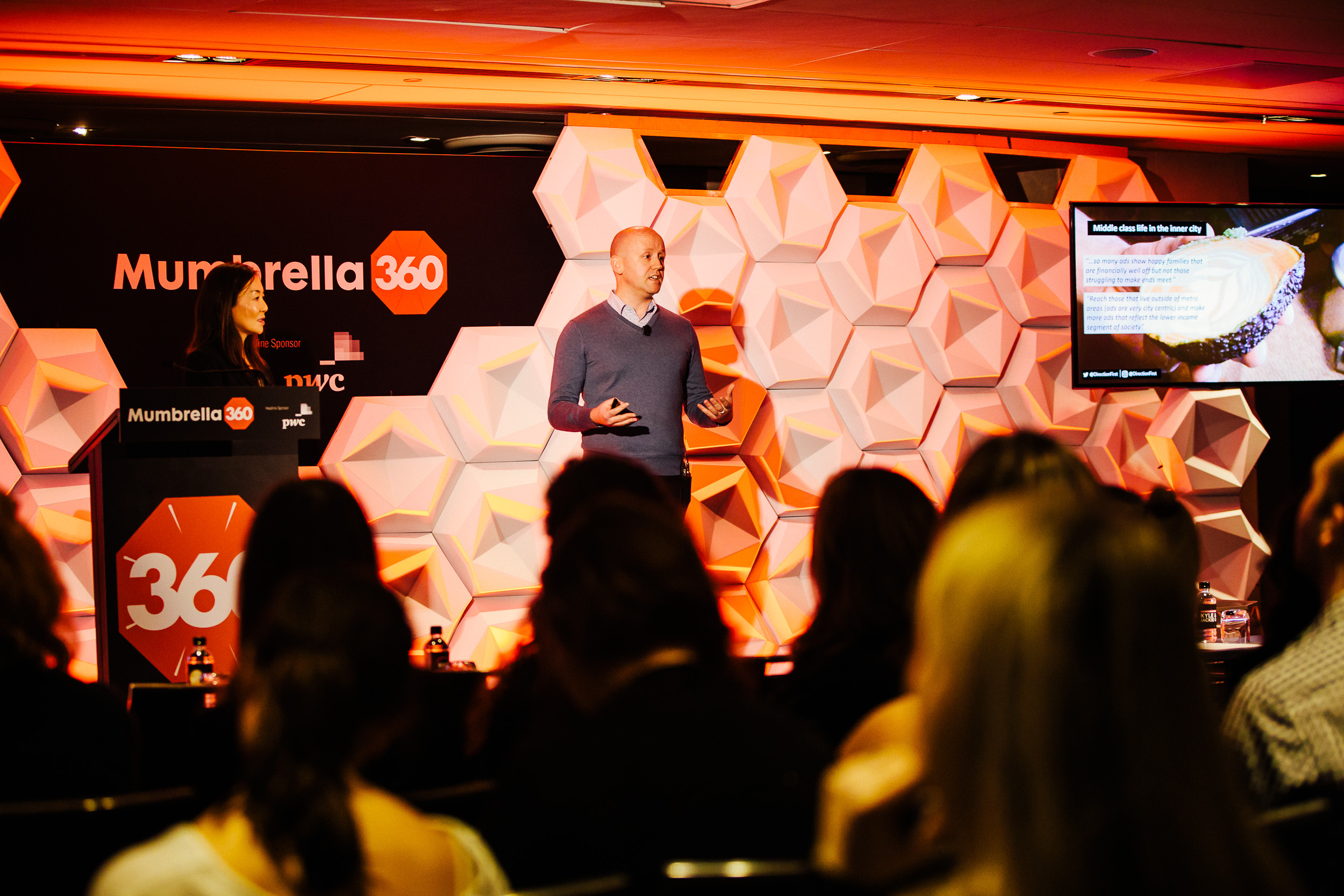Leave your inner-city bubble of wine and food festivals and see the real world, advertising industry is told
Members of the advertising industry have been urged to leave their hip inner-city world and take a trip to outer-lying suburbs to get a grasp of how most Australians live.
Creatives and marketers were told to “immerse yourselves in your customer” amid fears they are out of step with vast swathes of the population.
Addressing a room full of ad industry staff at Mumbrella360, Matt Jorgenson, strategic director at research firm Direction First said: “Most of us in this room are living in a bubble”.



But we use Roy Morgan data to plan our campaigns.. we dont rely on our personal choices/preference
Roy Morgan can be a great resource, but it’s nothing compared to seeing something in real life with your own eyes!
The ad industry is so Sydney centric thansk to the concentration of media reporting there. Seriously does Mumbrella even know anything about the other states and cities? Full disclosure..Melburnian.
Hi “Get out of the Sydney bubble”,
I’m acutely conscious of the fact that we’re based in Sydney, so am always keen on non Sydney stories. Personally, I’ve been at industry events in Melbourne and Adelaide in the last couple of weeks. You’ll also have found our team in Brisbane ion the last few days.
I’m back in Melbourne again on Thursday. You can buy me a coffee if you like, and tell me what I’m missing if you like.
Cheers,
Tim – Mumbrella
@Tim Burrowes
No thanks Tim. If you know so much about Melbourne you’ll know where to buy good coffee. And a few events here and there don’t make up for decent balanced reporting. Get a stringer down here if youre serious
Any chance , heaven forbid, the people responsible for allocating and spending clients money, might go even further from the burbs to a bit of country.
I work in the industry and live in the country and the industry have no idea of what the needs, thoughts and issues are out side of the city.
I live in the “Country”. I visit my parents and brother in North Sydney, the priorities and lifestyles are so contrasting one must change not only mannerisms and phrasing but the way I dress so to blend into the malaise of the inner city. Sure I do enjoy the variety of the city but to have certain liberal topics deliberately inserted into my space where I relax creates not only distrust but alienation. The marketing wedge aimed at normative values people of even European backgrounds do not share between the inner-city and country is a massive disconnect. Let alone non-European. Marketing and Creative types DO NEED to remove themselves from the malaise, get out of the office and redefine the Normative Values of the broader Australian Community. Failure to plan…
Might be interesting to see what the impact of the 457 visa ruling will have on adland in the context of this story.
Rather insulting presumption that Advertising people don’t know their markets simply because they don’t live there. Many industries often centre in the one area,but does not mean the focus is inward.
A token visit to Rooty Hill isn’t going to make you good at Advertising!
Hi Work-It, Thanks for your comment. Whilst we hoped to ignite an interesting conversation, it was never our intent to insult anyone. I agree with you that token visit to Rooty Hill won’t make anyone a good advertiser on it’s own, but I do believe that by getting outside of our usual haunts, we are more likely to disrupt our unconscious bias. If something is out of sight, it is very often, out of mind.